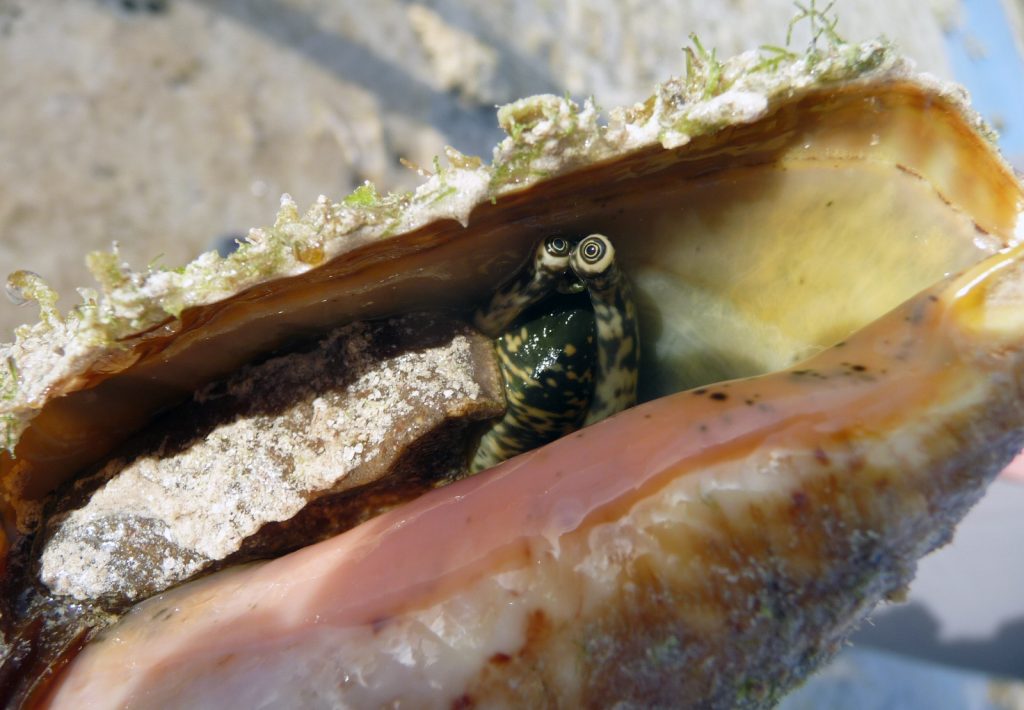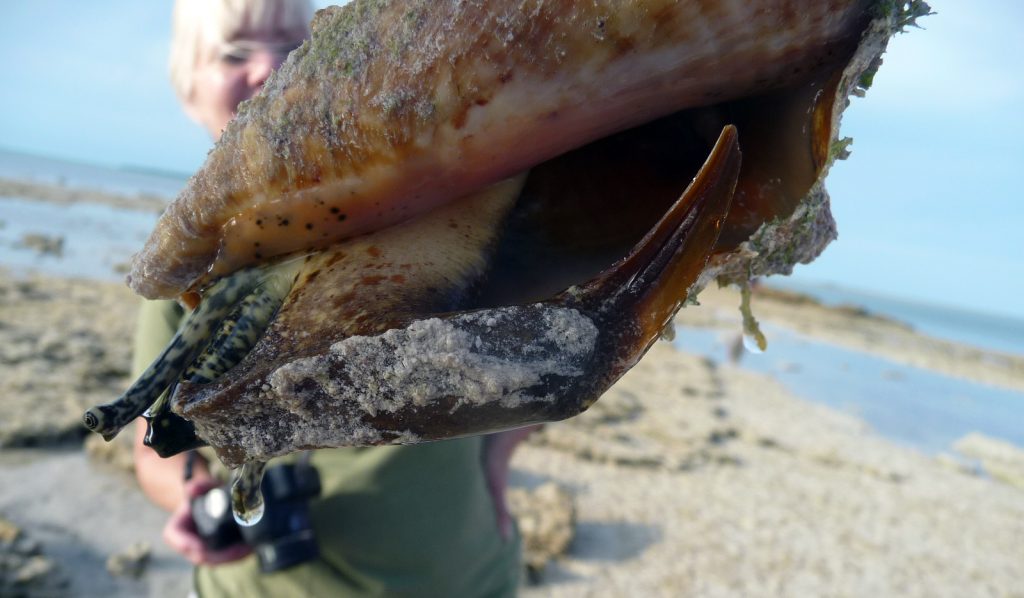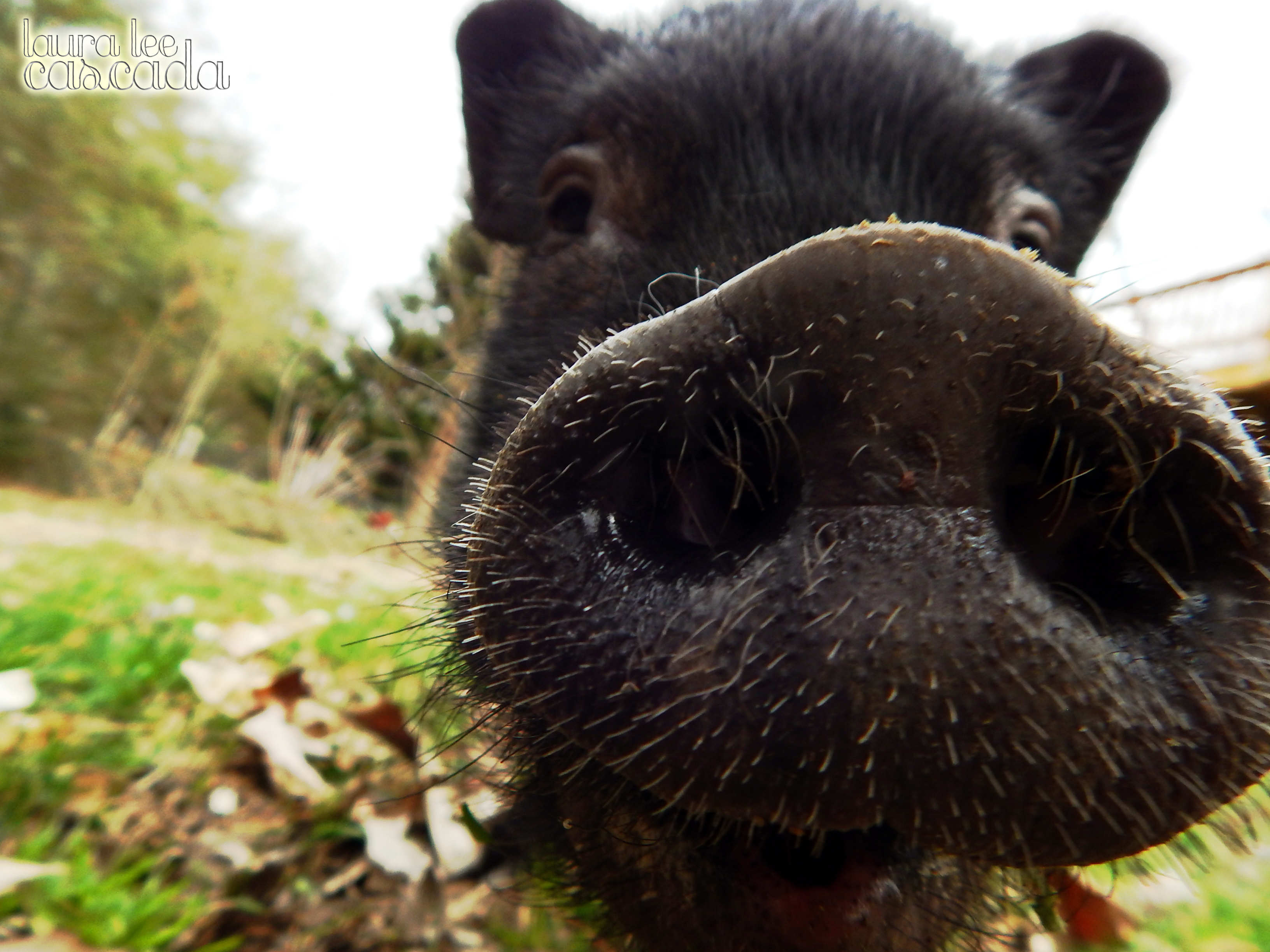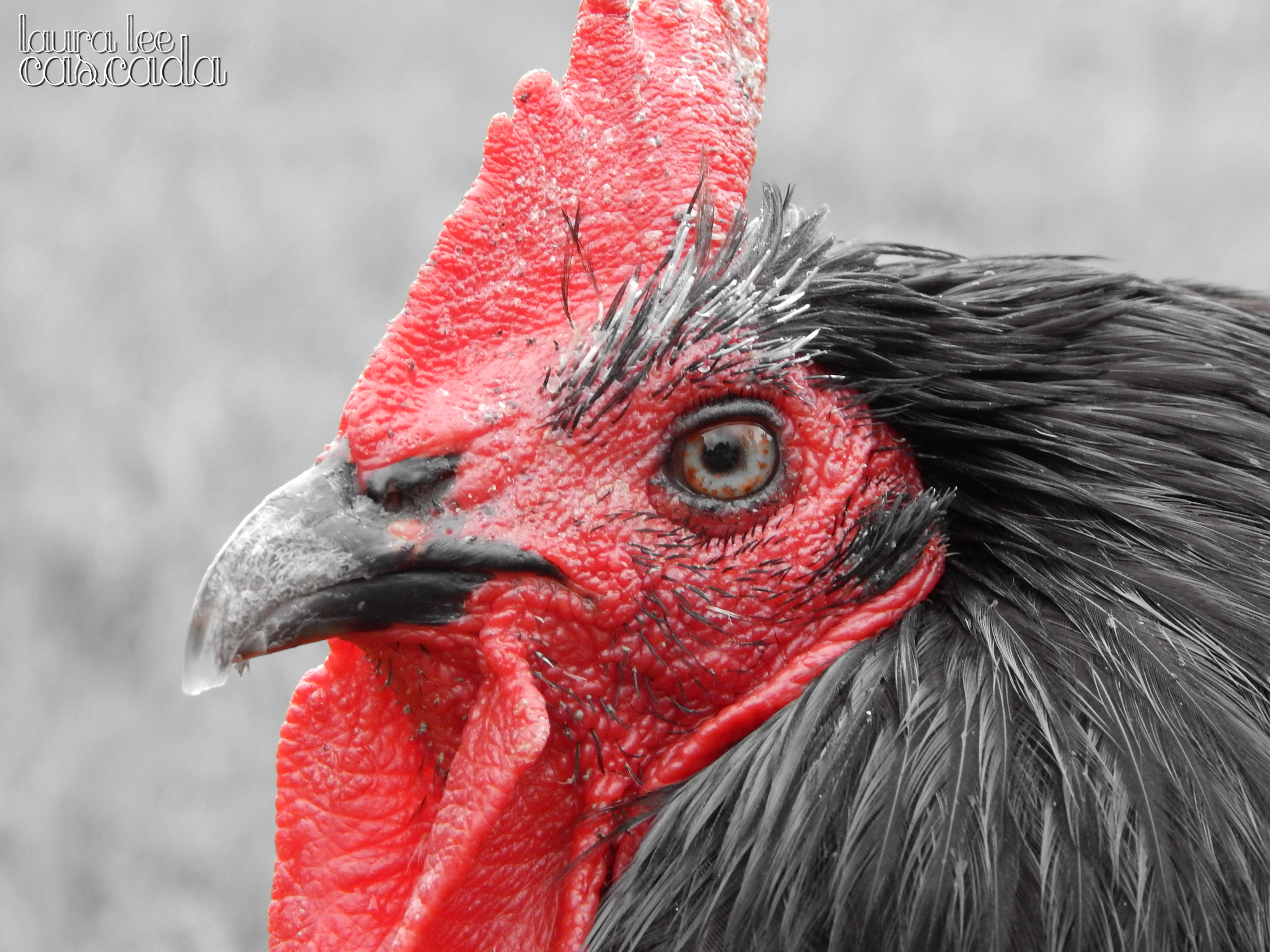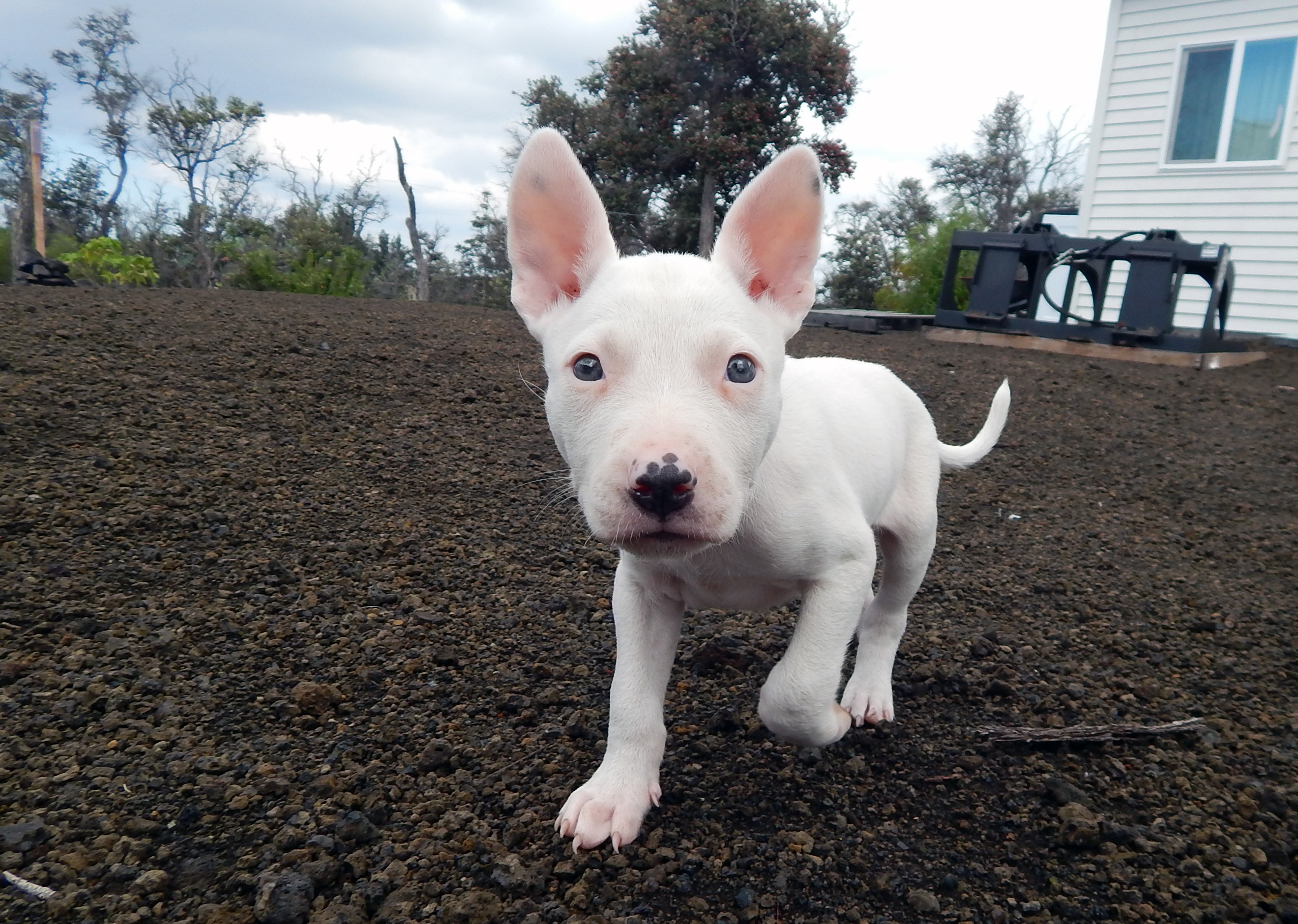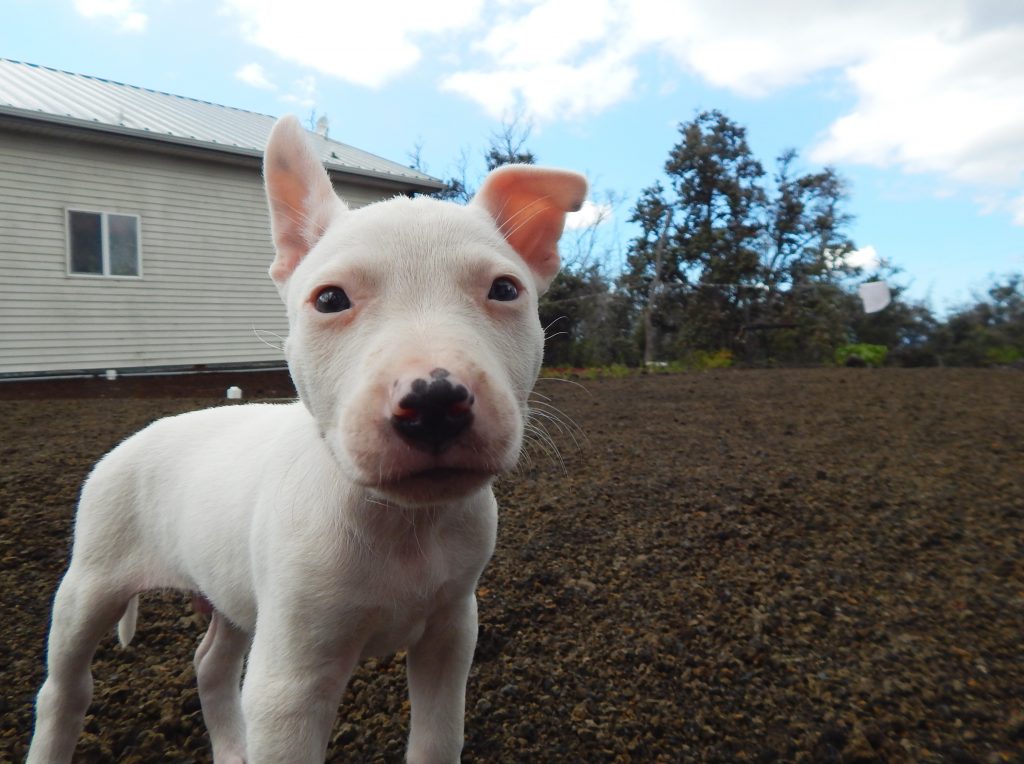It was 7 p.m. on a Thursday night in late winter. Instead of catching the tail end of happy hour with friends after a long day of editing scientific manuscripts, I was hunched over the kitchen floor with a soiled rag in one hand while the other groped around inside a tiny mouth seeking the remnants of a rubber band. My wife coaxed the captor of the elastic to no avail. Screams were escalating, and they were murderous. I surrendered, collapsing into a splatter of diarrhea camouflaged against the stone floor.
I began to weep on my wife’s shoulder. I didn’t sign up for parenthood, I sobbed. I still had tropical paradises and European backpacking adventures to experience, a novel to write, a career to etch out. I sighed, forfeiting the next 18 years of my life in one grand exhale. In that moment, I nearly forgot that the source of the vehement wailing, indiscriminate pooping, and unrestrained mischief was no human child.
Rather, our little toddler was a Vietnamese potbellied pig. Well, minus the infamous potbelly. The bones of his 30-pound frame jutted out at odd angles, and his rear legs curled underneath his torso when he stood. His head drooped low, and he stumbled when he walked.
Poppyseed didn’t have a name when we first encountered him swaddled in a blanket in the passenger seat of a pickup truck. His eyes were barely open; his legs were useless. We transferred him to our backseat, and that’s when the uncontrollable defecating began.
The kind woman who had removed him from his frosty hell gave us the scoop. The eight-month-old had once been loved, living in a lush condo as a wee piglet, until he was exiled by the homeowner’s association. His next stop in life wasn’t quite so furnished. For three weeks, he resided in an empty hunting dog run through frigid February nights and two snowstorms. His hooves slid across the icy ground when he attempted to reach food or water. Almost a third of his body weight was shed.
We sought emergency veterinary treatment. Poppyseed’s body was covered in sores. Along with malnourishment, an infection was brewing. The numbers on the bloodwork were haywire. Worms ravaged his intestinal tract.
After a few days of treatment, we managed to stifle the bacteria. Days turned to weeks, and Poppy’s ears began to perk up; his eyes became brighter. Slowly, Poppyseed became part of our pack, our family. I began to hear imaginary snorts and grunts in public places, and the endearing pitter-patter of hooves echoed through my dreams. I watched him sleep, softly snoring, cocooned in a pile of blankets. The first time I saw Poppyseed race across our backyard with reckless abandon, I nearly burst into tears.
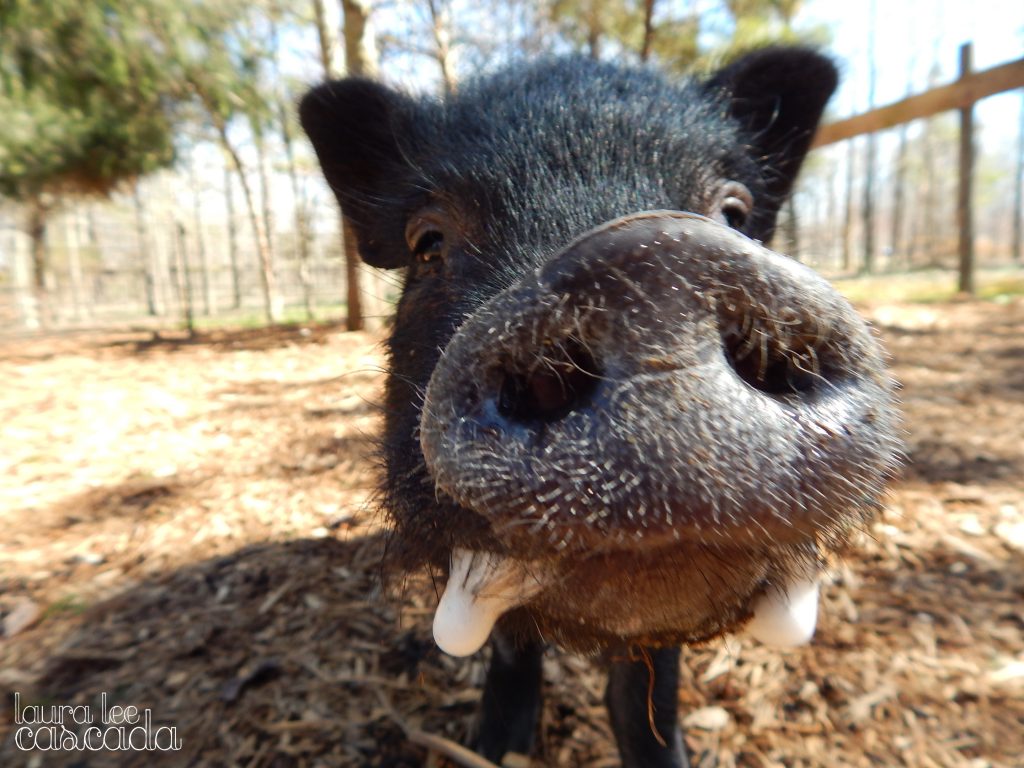
But the breakthrough wasn’t big enough. The pounds crept back into his belly at an agonizingly sluggish pace, and angry bouts of diarrhea arrived at random, converting our house into a temporary warzone. Lab results showed elevated liver enzymes. Medications were prescribed; supplements were administered. Some led to an onslaught of diarrhea, while others were spit up immediately, regardless of whether they were tucked into peanut butter or vanilla icing.
Eventually, we took the plunge and traveled three hours to a vet specializing in porcine acupuncture. As soon as his hooves hit the ground of the pen adjacent to the vet’s three enormous resident pigs, the fog lifted. Poppyseed raced the perimeter, hair standing on end, jaw chomping. Through his excitement, he didn’t even notice when the acupuncture needles went in. But as the electric current began to emit a low hum, Poppy sank to the ground, suddenly mellowed. If pigs could smile, there would have been a grin the size of Texas on his face.
Finally, the bloodwork began to level out, and Poppy’s spirits soared. One day, he met his new best friend: a vibrant yellow ball that always seemed to outpace his wriggling nose. He loved the chase. Soon, a romance developed. It was unstoppable. Poppy mounted that yellow ball with all his might until we were forced to pry it from his grasp. Then, he mounted us. It was time for him to get neutered.
The surgery went fine, but within two days, something was clearly wrong. Poppy was still in a daze, but the anesthetics should have been long gone from his system. He wasn’t eating, and his diarrhea returned with a vengeance. At 2 a.m., I called every vet I could find but turned up with no leads. My wife and I suffered through the night alongside our piglet, waking every half hour to the sound of urine splattering on the floor and Poppy tumbling over furniture in bouts of complete confusion.
In the morning, I rushed Poppy into our regular vet, who whisked him off for emergency treatment involving cold baths to get his fever down, antibiotics, and fluids. I sobbed watching Poppy screaming in terror as he was carried away from me. The vet collected information from the neutering surgeon on the anesthetics that had been used, frowning as he scribbled in a notepad. The cocktail of drugs had overwhelmed Poppy’s weak system. He’d have done it differently, he said, shaking his head. I wept and wiped my weary eyes. We’ll take care of your pig, the veterinary technician told me. Go get some rest. I obeyed.
Mid-afternoon, an optimistic call came through. Poppy was doing better, engaging in hide-and-seek with the staff. We could pick him up later. At 6 p.m., I arrived in high spirits. I paid the bill as the receptionist went to fetch our pig. She carried him out and placed him on the floor next to me. Immediately, Poppy toppled over. I dropped to my knees, stroking him.
A vet emerged from the back and began asking questions, poking and prodding, making observations. Poppy only groaned faintly. Perhaps in denial, I began to ask about his medications—what time, how many pills, with or without food? There was no response. In a blur, Poppy was carried away to the back again.
A short time later, I was invited into one of the patient rooms. I’m so sorry, said the vet softly as she walked into the room. I began to tell her it was OK, that I didn’t mind the wait. He had a seizure before we could do the X-ray, she said. He passed away. I’m so sorry.
I remember the tears falling and never stopping. My vocal chords seized so that all that could come out was unintelligible bellowing. They brought him to me, and I draped myself over his body. Some time passed, but I couldn’t leave. I squeezed him so tightly that a puff of air forced its way from his lips. I convinced myself in that moment that he was still alive.
My wife and I cried in a darkened room that evening, surrounded by our dogs whose eyes and ears drooped alongside our own. I had not asked to be a parent, but in some ways, I had become one, nurturing a skeleton into a grunting, nudging, burrowing, cuddling piglet who had completely depended on me to survive. I had rolled up my sleeves and cleaned up feces, fixed chewed-up baseboard, and did more loads of laundry that I can count. And somewhere along the way, I began to love so deeply a being who felt pain and loneliness, oozed with curiosity, and, at the end of the day, simply wanted to disappear into a black hole of cushions, just like me.
After Poppy’s death, with a hole in my heart, I yearned for someone to blame. I thought about the vet who had overwhelmed Poppy’s body with anesthetics. I thought about how I’d forced my pig into a surgery he wasn’t strong enough to survive. And then I thought about the mystery man who left Poppy in the snow to perish, the man who truly sealed Poppy’s fate. But all I know of that man are his last words to my pig: “It’ll be a miracle if you survive.”
In grieving, I learned that Poppyseed’s story is mirrored by thousands of neglected and abandoned potbellied pigs around the country every year. Breeders churn out “micro” and “teacup” pigs, promising the equivalent of little oinking puppies. Instead of loyal, carefree canines, the 100-pound adult pigs become independent, stubborn, and too smart for their own good.
Poppyseed taught me that pigs are essentially toddlers—forever. Pigs enjoy nothing more than spending hours tilling their guardians’ backyard, uprooting manicured lawns and flowerbeds. But confined to a small space indoors, under-stimulated and dissatisfied, many become reckless. The house becomes their personal sandbox, and flooring, closet doors, and trashcan lids are just temporary obstacles.
So when overgrown, rebellious pigs become too much for their families, they’re given the boot. Sites like Craigslist abound with unwanted former “teacup” pigs, and sanctuaries overflow. Yet breeders don’t stop, profiting off fantasies of piglets posed in Easter baskets with daisies and tulips. When I see those photos, I remember the thousands of pigs who never get their happy ending. I remember Poppyseed.
Laura Lee Cascada is a writer, editor, and advocate based out of Virginia.


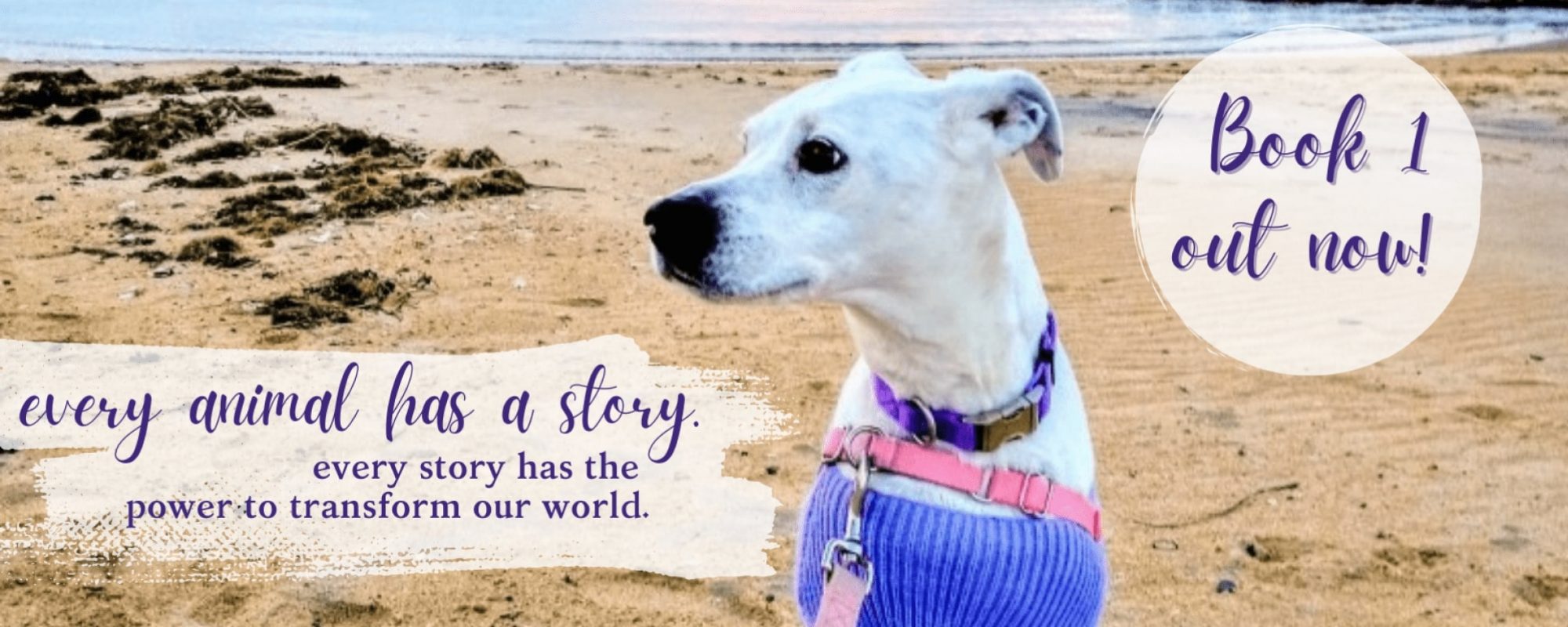






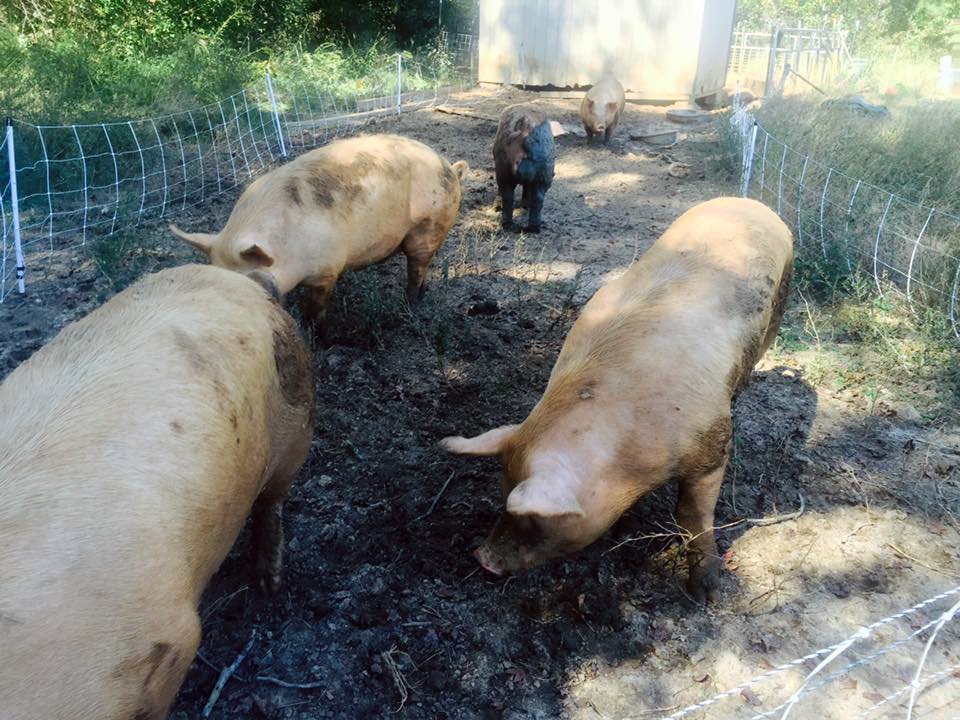
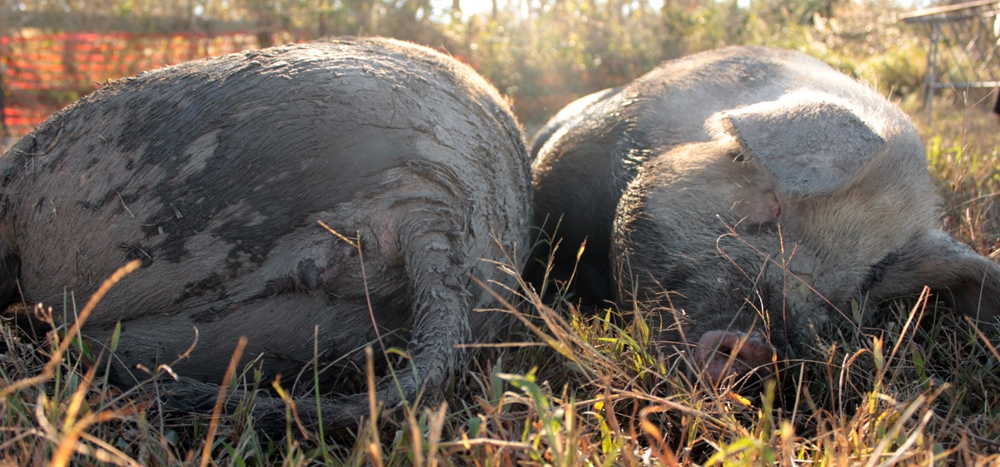
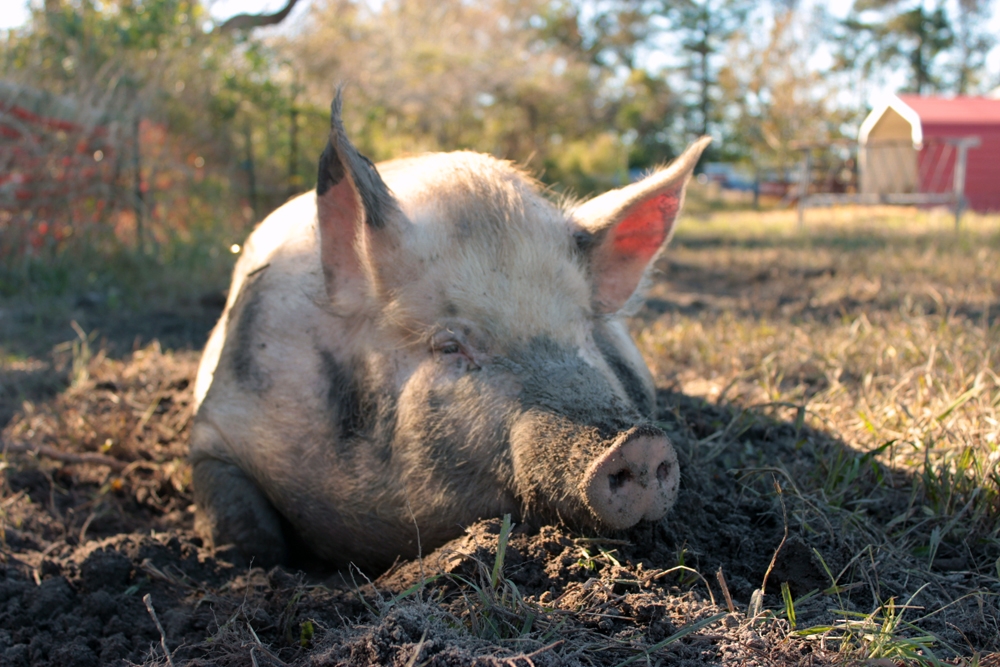
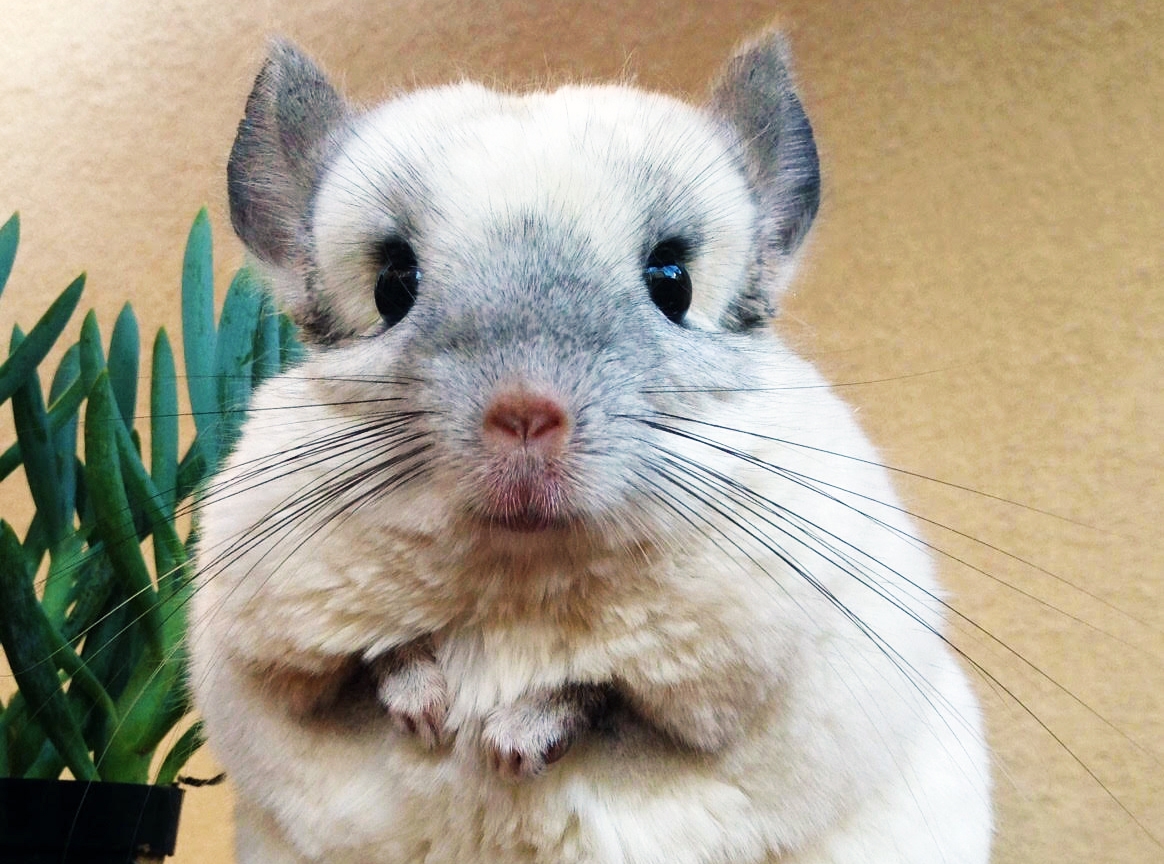
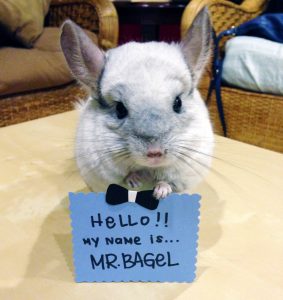 This ball of fluff is Mr. Bagel. Despite how it looks, he’s not a gargantuan field mouse from some alternate universe of adorable creatures with big eyes and even bigger ears. He’s a chinchilla from regular old planet Earth.
This ball of fluff is Mr. Bagel. Despite how it looks, he’s not a gargantuan field mouse from some alternate universe of adorable creatures with big eyes and even bigger ears. He’s a chinchilla from regular old planet Earth.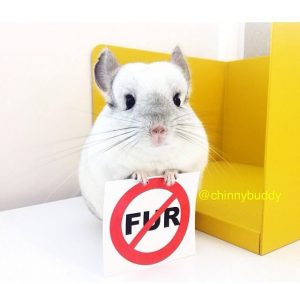 Before you go, Mr. Bagel has one last message for you. Winter’s just around the corner, which means it’s nearly time to break out the winter coats. Chinchillas are known to have the softest fur you’ll ever touch, which means, you guessed it, chinchilla fur coats. But it can take up to 150 of these little puff balls to churn out one fur coat, and that process is reminiscent of a horror film whose protagonists are hundreds of thousands of gentle beings who look like they should be starring in a warm and fuzzy Pixar children’s movie instead. But on factory fur farms, these guys are
Before you go, Mr. Bagel has one last message for you. Winter’s just around the corner, which means it’s nearly time to break out the winter coats. Chinchillas are known to have the softest fur you’ll ever touch, which means, you guessed it, chinchilla fur coats. But it can take up to 150 of these little puff balls to churn out one fur coat, and that process is reminiscent of a horror film whose protagonists are hundreds of thousands of gentle beings who look like they should be starring in a warm and fuzzy Pixar children’s movie instead. But on factory fur farms, these guys are 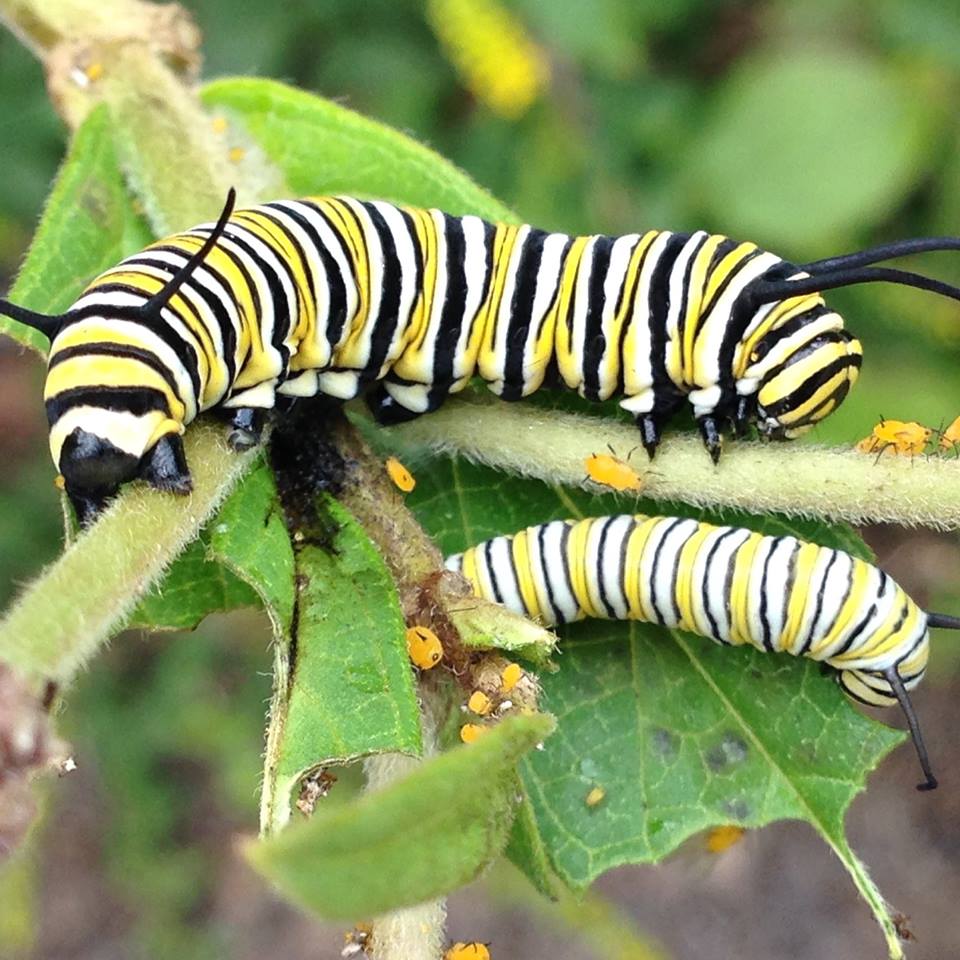
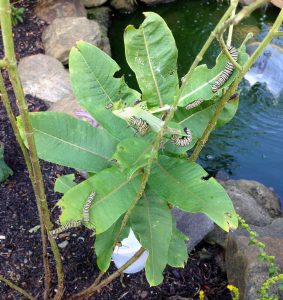 There simply isn’t enough milkweed to go around. Milkweed provides crucial nutrition for growing larvae–caterpillars–and it’s the only plant on which female monarchs can lay their eggs. Without it, monarchs are doomed.
There simply isn’t enough milkweed to go around. Milkweed provides crucial nutrition for growing larvae–caterpillars–and it’s the only plant on which female monarchs can lay their eggs. Without it, monarchs are doomed.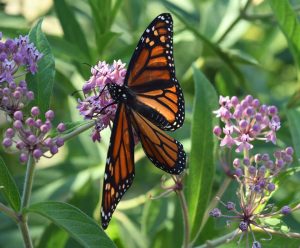 Alysoun notes that generally, she prefers to “provide appropriate habitat and then let Mother Nature take over from there.” But this time, she “couldn’t help but tinker with Mother Nature just a tiny bit.” She quickly cut some milkweed stalks from a nearby field and watched as the caterpillars took over their new food supply within a matter of hours.
Alysoun notes that generally, she prefers to “provide appropriate habitat and then let Mother Nature take over from there.” But this time, she “couldn’t help but tinker with Mother Nature just a tiny bit.” She quickly cut some milkweed stalks from a nearby field and watched as the caterpillars took over their new food supply within a matter of hours.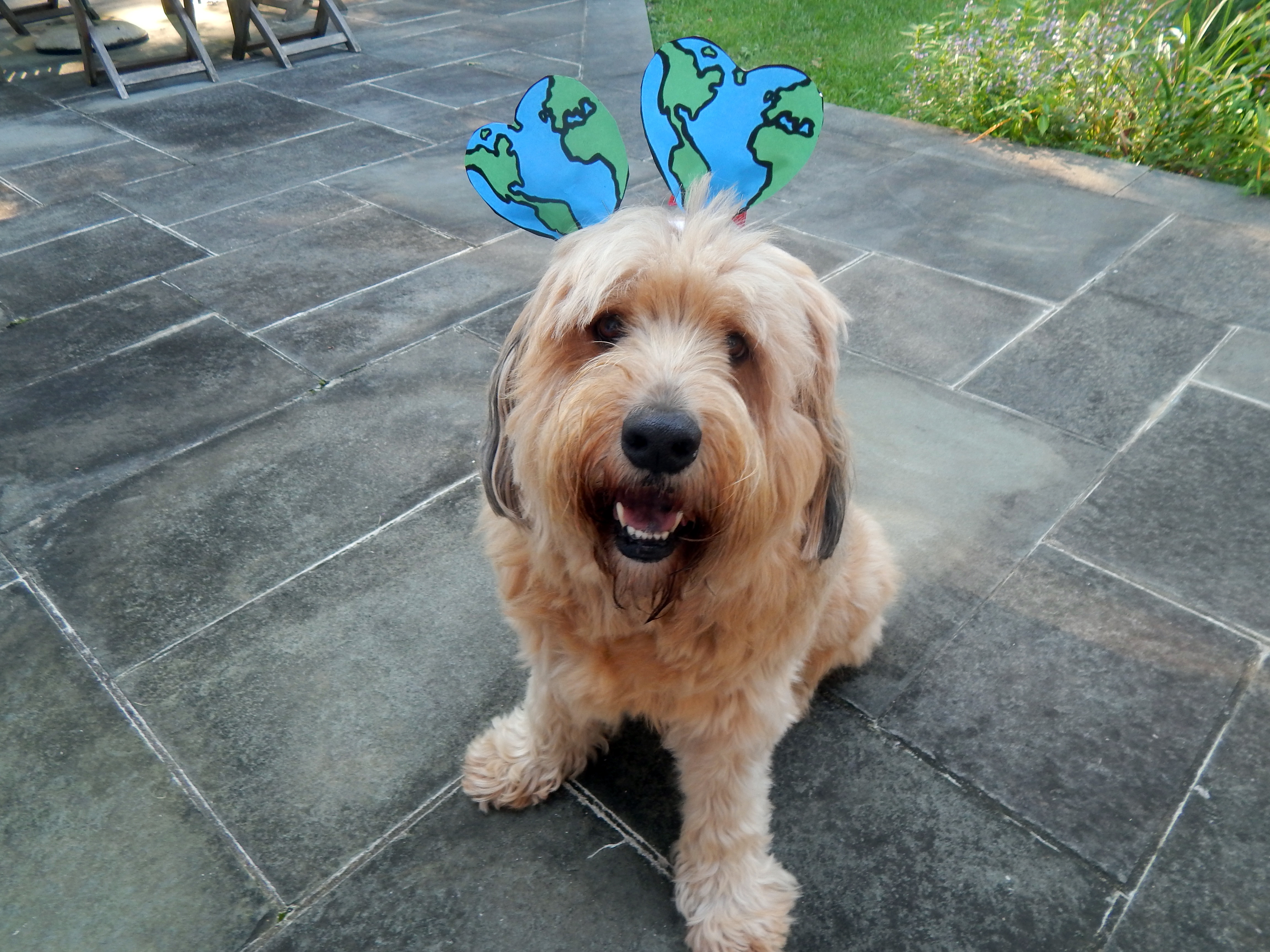
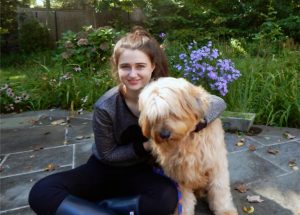
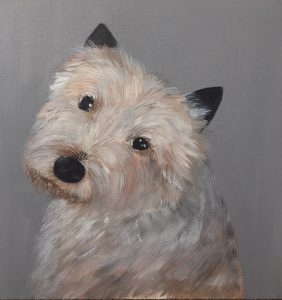 Annie thus founded
Annie thus founded 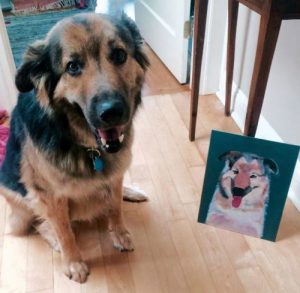 Annie has now set her sights even higher, hoping that other states will follow suit.
Annie has now set her sights even higher, hoping that other states will follow suit.
